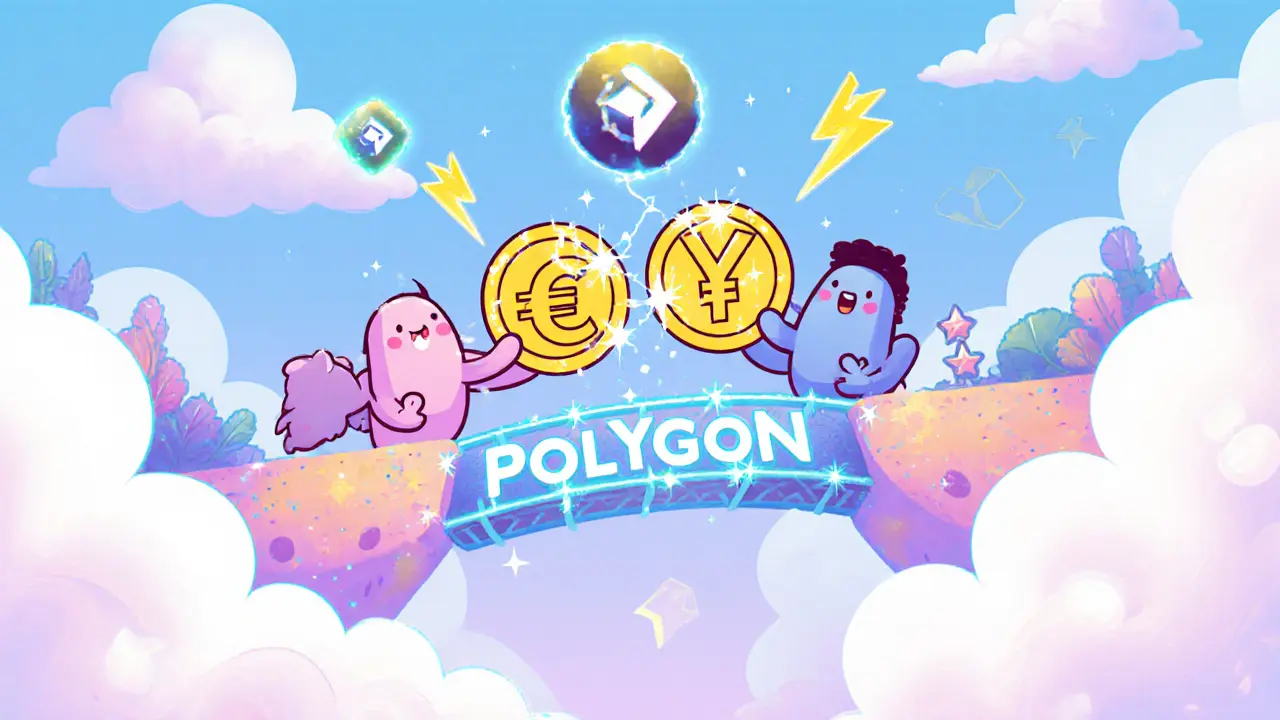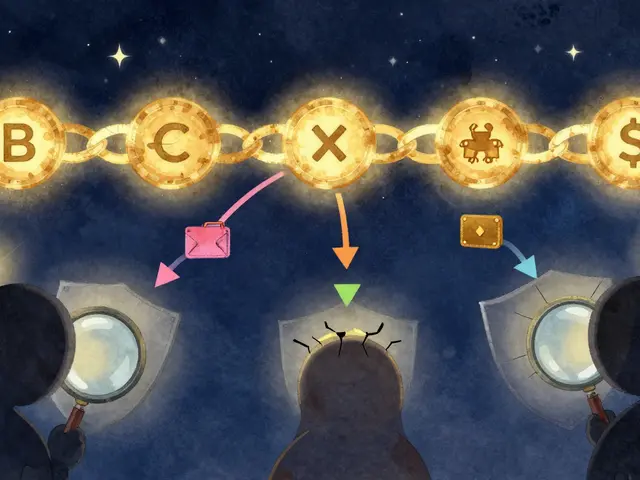Crypto DEX Overview
When working with Crypto DEX, a decentralized platform that lets users trade tokens directly from their wallets without a central intermediary. Also known as Decentralized Exchange, it empowers traders to retain full control of their assets and bypass traditional custodial steps. Liquidity pool, a reserve of paired tokens that powers swaps on a DEX fuels every trade, making price discovery possible without order books. In other words, Crypto DEX encompasses decentralized exchange, the broader class of protocols that run on blockchain smart contracts and requires liquidity pool, the engine that supplies assets for swaps. This relationship means that the health of a DEX directly mirrors the depth of its pools, and any shift in pool size instantly affects slippage and fee efficiency. As traders look for lower fees and better asset coverage, they often turn to new incentive programs – that’s where airdrops and IDOs enter the picture, shaping user behavior and network growth.
Incentives That Move the Market
One of the fastest ways a airdrop, a free token distribution to eligible wallet holders influences crypto DEX adoption is by rewarding early users who provide liquidity. When a project launches an airdrop, it typically asks participants to lock assets in a specific liquidity pool, creating a direct link between the incentive and the pool’s depth. This dynamic drives up trading volume, which in turn attracts more traders seeking low‑slippage swaps. Similarly, an IDO, Initial DEX Offering where new tokens are sold directly on a DEX can boost a platform’s relevance overnight. An IDO draws attention to the host DEX because buyers must use its router to purchase the new token, generating fee revenue and expanding the pool’s token list. Both airdrops and IDOs therefore shape the ecosystem: they add liquidity, increase user engagement, and often prompt developers to roll out new features like concentrated liquidity or fee rebates. The result is a feedback loop where incentives improve pool health, and healthier pools make future incentives more attractive.
Below you’ll find a curated set of articles that dive deep into the most popular DEXs and related incentives. We cover iZiSwap on zkSync Era, Uniswap V4’s gas‑saving hooks, QuickSwap V3 on the Manta Network, and real‑world case studies of airdrops like the Cratos token giveaway. Each piece breaks down fees, security, liquidity metrics, and upcoming token drops, giving you the data you need to compare platforms side by side. Whether you’re hunting for the lowest‑fee swap, figuring out how to qualify for the next airdrop, or exploring IDO mechanics, this collection equips you with practical insights you can act on right away. Ready to explore the details? Scroll down and start digging into the guides that match your trading goals.
DFX Finance Review: Polygon-Based Stablecoin DEX
An in‑depth review of DFX Finance on Polygon, covering its stablecoin‑only AMM, tokenomics, fees, pros, cons and how to start swapping fiat‑backed stablecoins.





